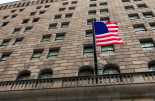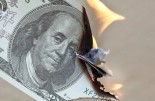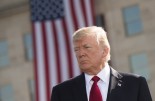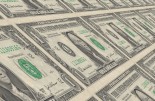State Street SPDR ETFs: Will the Fed put the soft landing in jeopardy at Jackson Hole?
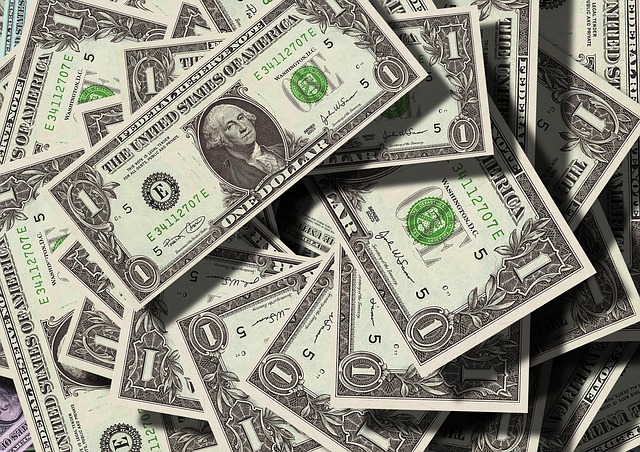
Chairman Powell should take a victory lap at the Jackson Hole Economic Policy Symposium on August 24-26. After raising the target fed funds rate 11 times since March 2022, the Federal Reserve (Fed) has defied the odds and engineered an economic soft landing for only the fourth time in history.
But the Fed likely isn’t convinced inflation has been beaten. As a result, there won’t be any curtain calls at Jackson Hole. Instead, investors should expect more tough talk from Chairman Powell that the Fed is more committed than ever to defeating inflation. That work will be complicated by the Fed underestimating the impact of structural changes to the labor market that could keep inflation above 2% and put the soft landing in jeopardy.
Taking stock of today’s soft landing
Despite universal recession expectations, the US economy expanded in the first two quarters of the year. The latest estimate from the Federal Reserve Bank of Atlanta’s GDPNow third quarter forecast is a whopping 5.8%.
The US economy has added more than 1.8 million jobs in the first seven months of the year, averaging 258,000 each month. The unemployment rate of 3.5% remains at a more than 50-year low.
The Consumer Price Index (CPI) has plummeted from a peak of 9.1% in June 2022 to 3.2% in July 2023.3 In fact, super core inflation, a new favorite Fed measure that gauges services inflation excluding volatile food, energy, and shelter costs is trending near 2% on a 3-month annualized basis.
Michael W Arone, Chief Investment Strategist at State Street SPDR ETFs:
'Perhaps most importantly when it comes to inflation data, the University of Michigan Consumer Sentiment Index released on August 11 revealed that both 1-year and 5-year consumer inflation expectations fell. Thankfully, consumer inflation expectations remain anchored.
Meanwhile, interest rate sensitive parts of the economy like housing and manufacturing have stabilized, adapting to the higher rate environment. And, after three straight quarters of negative earnings-per-share (EPS) growth, S&P 500 companies’ earnings may have finally bottomed.
According to FactSet, analysts are forecasting positive earnings growth for the final two quarters of the year and robust 12.2% earnings growth for calendar year 2024. Congratulations, Chairman Powell. You did it. This is the soft landing we’ve been waiting for.'
Higher interest rates and the economy
The transition from zero rates to higher interest rates, especially with inflation declining, has provided the most unexpected and underappreciated boost to the economy this year. Many consumers and businesses are locked-in at historically low interest rates on their debt obligations. And for the first time this century, consumers and businesses can earn a competitive rate of return on money market instruments.
This operating leverage is bolstering purchasing power at a time when inflation is falling. For example, on August 5, Berkshire Hathaway reported having a growing cash pile of $147 billion at the end of June. At prevailing yields for 6-month Treasury bills, Berkshire Hathaway could earn more than $8 billion annually. Imagine the positive impact to the economy by multiplying this outcome across cash-rich consumers and businesses.
Coincidentally, Apple, Alphabet, Microsoft, and Amazon are among the S&P 500 companies with the most cash — and they are some of the best performing stocks this year. Maybe investors aren’t as dumb as we think.
What's Next for Monetary Policy and Inflation?
The economy is growing. The labor market is strong. Inflation is falling. Manufacturing, housing, and earnings may be steadying after brief but manageable bouts of weakness. And consumers and businesses that gorged themselves on cheap debt in the zero interest rate era are now earning piles of money on their massive cash stockpiles. Stock market investors have certainly taken notice and with 10-year Treasury yields at their highest levels in 16 years, maybe bond investors are finally coming around too.
But most of this soft-landing good news is in the rearview mirror and means very little for what happens next in the economy.
Chairman Powell and Fed officials are haunted by the ghost of former Fed Chairman Arthur Burns and the stop and go monetary policy mistakes of the 1970s. And as students of monetary policy history, Fed policymakers know that it took legendary former Chairman Paul Volcker three years and two recessions to finally defeat inflation in the 1980s.
According to Strategas Research Partners, looking across 24 countries and 62 historical inflation episodes, it’s rare for inflation to have only one wave of price surges. Inflation returning in multiple waves is the more common pattern. A second wave of US inflation starts on average 30 months after the first peak. And we are only 13 months past the June 2022 peak in CPI.
As a result, it may be too early to know with confidence that inflation has been conquered. In late July, Strategas listed 13 factors that included rising oil prices, increasing grain prices, and rallying copper and steel stocks that could signal reaccelerating commodity inflation.
Bottom line, although the Fed’s made considerable progress in the last year to reduce inflation, most measures of inflation, especially the data that the Fed cares most about, are still notably above the average 2% inflation target.
This puts the Fed in a Catch-22 situation. Has it already done enough tightening to bring inflation back to the target? Or does it need to do more to complete the job? The Fed will likely tighten monetary policy further until it is more firmly convinced that inflation has been tamed.
Michael W Arone, Chief Investment Strategist at State Street SPDR ETFs:
'The Fed knows that weaker labor market data is the key to finally reaching its inflation goal. But today’s strong job market means that walking inflation measures back from their current levels of 3-5% to the target of 2% will be the toughest part of the inflation journey.
Haunted by the ghost of Arthur Burns and the stop and go monetary policy mistakes of the 1970s, still stubborn inflation, and structural shifts in the labor market, Powell will likely deliver more tough talk on inflation at Jackson Hole, reaffirming the Fed’s commitment to defeating inflation and asserting that there’s still work to be done. He’ll claim that it’s premature to declare mission accomplished.
Market participants are underestimating the Fed’s resolve to conquer inflation, which might result in an unpleasant interest rate hike surprise or two later this year. The Fed’s stubbornness on bringing inflation back to the arbitrary inflation target — and its inability to graciously accept the soft landing gift that it worked so hard to produce — remain the biggest risks to the economy and market rally.
The range of possible outcomes remains wider than normal. Investors should continue to embrace the benefits of diversification, maximize return on money market instruments while balancing the risks, and consider inexpensive economic recovery beneficiaries such as value stocks, cyclicals, and small caps.”


